Can recreational shark fisheries be more sustainable?
Show notes
You might be familiar with fishing for sport, but have you ever heard of reeling in great hammerheads for fun? In this episode, we take a deep dive into the lesser-known world of catch-and-release shark fishing, discuss the potential impacts on shark populations and how it might become a more sustainable practice. Digressions include the wonders of the gulf stream, sharks with anxiety, “snowbirds”, and 3 am spaghetti Bolognese rituals…
Our guests this week are Hannah Medd, scientist and founder of the American Shark Conservancy (ASC), and Jill Brooks, PhD candidate at Carleton University and researcher with ASC. Together, Hannah and Jill lead a research project aiming to understand the impact of catch-and-release recreational fishing on endangered great hammerhead sharks in Florida to help draft better, more sustainable practices for the future. As they explain in the episode, the project is almost split into two halves: the ecological information they obtain from tagging data and the social information gained from working directly with the angling community. The importance of having both is a theme throughout our conversation. Jill and Hannah stress the need to facilitate knowledge exchange and build trust and relationships to help encourage sustainable practice.
We dip our toes in the water by first discussing Hannah and Jill’s most memorable experiences in the ocean [2.49], which are amazing as always! We then get straight to our main topic – as we have a lot of ground to cover – beginning with the project itself and how it came to be [6.35]. We learn how Jill and Hannah first met and touch on how much easier the day job can be when you have a good friendship as a basis!
Before getting into the ‘meat’ of our question, I ask Hannah and Jill to clarify the difference between commercial and recreational fishing [10.46] and define catch-and-release more specifically [14.00], which, as Jill explains, is a non-consumptive form of fishing. We also touch on the very complex and nuanced topic of ‘sustainability [15.07], discussing what it means for a fishery to be unsustainable, in a very broad sense, and all the factors that need to be considered when thinking about sustainability. These concepts are especially difficult when talking about marine species, and even more so for sharks. We then move on to talk about the impact of recreational angling on sharks, which as Hannah tells us, is often thought to be quite a benign activity [18.00]. Although recreational fishing is different to commercial, the two are tightly linked, as it is the same system the fish are coming from – and so, management is interconnected [20.00].
Next, we talk about the great hammerhead as a species and why they come to Florida [21.53] (as Jill says – who wouldn’t want to live there?!). We find out more about the tags Hannah and Jill are using to understand the impacts of recreational fishing on the hammerheads and learn that as scientists, they have to be pretty speedy – the sharks aren’t left hanging around on hooks but caught and released in a matter of minutes [25.34]. We talk about this whole process, and although the time spent with the shark is pretty short, there’s a whole lot of waiting involved, too…**[29.08]**
Of course, understanding the practice of shark angling requires working closely with the anglers themselves [30.07]. Our conversation turns to the importance of listening and collaborating with anglers, who, as Jill points out, are concerned about the sharks’ survival and conservation [31.16]. Hannah tells us that the most significant impact comes from inexperienced anglers using inappropriate gear. Solutions often come from education and “inside” knowledge, and only with the help and support of more experienced anglers. We discuss the need to build trust and break down barriers and how this can sometimes be a challenge – especially as young, female scientists [33.50]. Food has a significant role to play! Spaghetti Bolognese aside, the need to facilitate knowledge exchange and improve communication channels is integral to building the whole picture and informing sustainable management strategies [36.00]. We round off our deep dive into the world of hammerheads and recreational fishing by asking Jill and Hannah their takeaways from the project and how we can apply this more broadly to fisheries [45.00].
About our guests
Jill Brooks
Jill is a PhD candidate at Carleton University, a Research Scientist with the American Shark Conservancy, and a Senior Fish Biologist for an environmental consultancy firm in the Rocky Mountains in Canada. She has spent three years engaging with the shark angling community in Florida and Texas to understand further the fishery and its potential impacts on coastal shark populations. Jill uses various telemetry technologies in marine and freshwater environments to determine the when, where, and why fish and sharks move and how human activities can impact these movements.
Save Our Seas Foundation project leader page

Hannah Medd
Hannah Medd, MSc. is the lead scientist with the American Shark Conservancy (ASC), a non-profit research organization in South Florida, USA. Hannah’s research focuses on co-producing new scientific knowledge with various stakeholders to provide fisheries managers with timely and relevant shark and ray research for evidence-based management. Hannah is a member of the expert shark panel for the agency managing fish and wildlife in Florida and contributes to the first U.S. national stock assessment for Hammerhead Sharks. Hannah directs ASC’s research and outreach efforts and especially enjoys mentoring undergraduate and early-career scientists interested in the field of conservation science. Hannah earned a dual BSc. degree in Ecology and Marine Biology from Florida Tech and an MSc. in Zoology from the University of Cape Town, South Africa.


